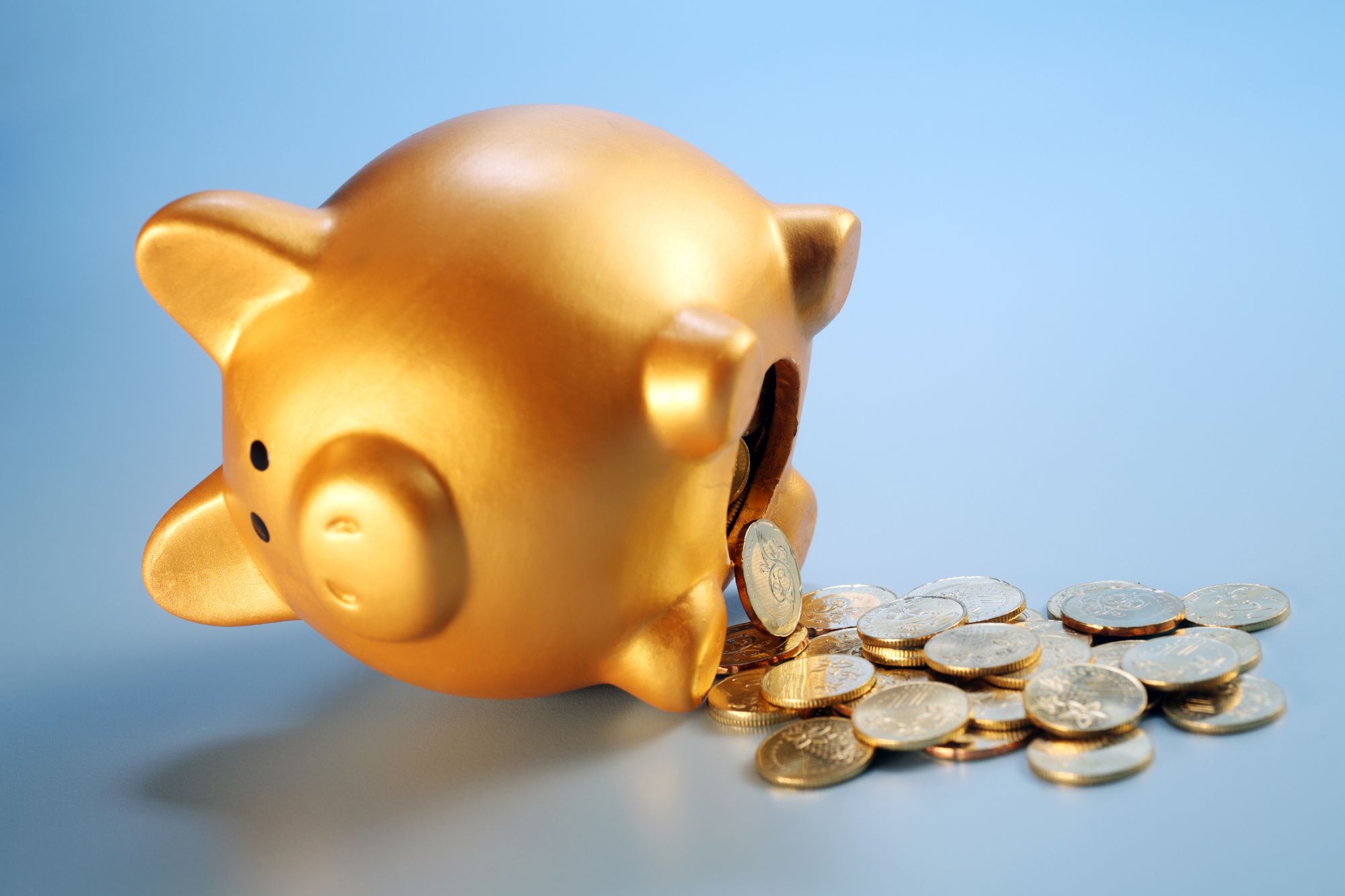If you pay even cursory attention to technology news, you’ve likely seen the term NFT - or Non-Fungible Token – around lately. From an NFT-linked digital artwork selling on Christie’s from the artist Beeple for US$69 million to Twitter CEO Jack Dorsey selling his very first Twitter post via NFT for charity, much digital ink has been spilled proclaiming them as everything from an exciting new asset class to the newest and faddiest of scams.
But what exactly are they? And should you, as an investor, be paying attention to them?
NFTs: A Basic Definition
NFTs are basically blockchain-based tokens that represents ownership of something that is both digital and unique. What ‘something digital’ means here is an extremely broad category and can include anything from digital art, to video, to music, to trading cards to items within a video game and much, much more.
So how do NFTs differ from cryptocurrency or digital securities? This is where their ‘unique’ nature comes in. As their name suggests, NFTs are non-fungible, meaning they cannot be replaced by another identical version of themselves. Contrast this with a dollar – or a bitcoin for that matter. If you trade one of either for another version of itself, you’ll have basically an identical version of that dollar or bitcoin back in your wallet. And unlike digital securities, they are not backed by financial securities like equity, funds or bonds. Instead, NFTs can be thought of more like a deed to a house (albeit a virtual house in this case). While every house has its own deed, the property that deed represents – and the monetary value it can be bought or sold for – will vary greatly.
One thing to note; though all NFTs contain an element of uniqueness, not every NFT necessarily represents 1:1 ownership of a digital asset or assets. NFTs can be configured in limited series, just as a limited run of prints of an Annie Leibovitz or Ansel Adams photograph or ultra-rare baseball card or comic book are.
So, what’s in it for investors?
Among the more practical and immediate emerging applications of NFTs are as a tool for enthusiasts and investors to buy, sell and collect things like digital art and collectibles.
The entrepreneur Mark Cuban is a noted booster of NFTs and venture capitalist Chamath Palihapitiya is said to be building a sizeable portfolio of NFT-based digital art and virtual trading cards. Indeed, Palihapitiya has called them the “the next frontier of digital currency and digital assets.”
Bloomberg’s James Tarmy has an excellent in-depth exploration of NFTs may fit into the art world, including how the rise of NFTs may parallel and have precedent in the history of photograph collecting.
So, should I invest?
That very much depends. If you have a strong interest in blockchain, digital art and collectibles, NFTs may very well be worth keeping an eye on. As with any high-risk investment, however, the phrase ‘let the buyer beware’ applies. As always, you should not invest any more money than you can afford to lose.
ADDX is your entry to private market investing. It is a proprietary platform that lets you invest from USD 10,000 in unicorns, pre-IPO companies, hedge funds, and other opportunities that traditionally require millions or more to enter. ADDX is regulated by the Monetary Authority of Singapore (MAS) and is open to all non-US accredited and institutional investors.


